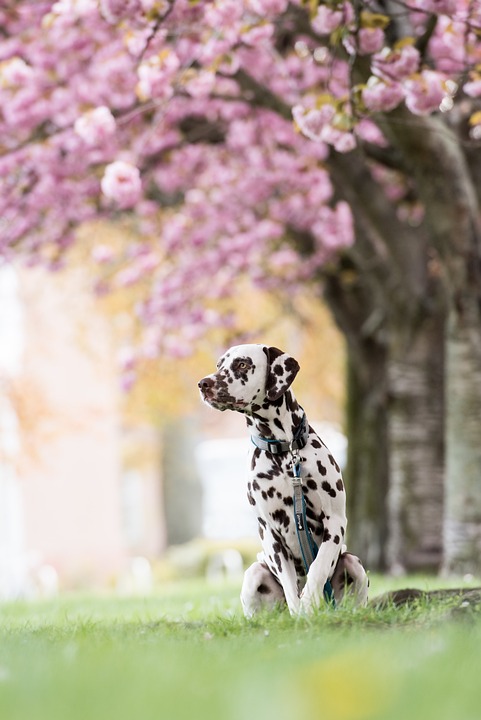Understanding and Managing leash Reactivity in Dogs: A Complete Guide
Introduction:
Leash reactivity is a behavior commonly exhibited by dogs that can make walks a stressful experience for both the dog and the owner. It is important to understand the causes and implement effective management techniques to ensure a harmonious walk.
Section 1: Understanding Leash Reactivity
1.1 Signs of Leash Reactivity:
Leash reactive dogs often exhibit aggressive or defensive behaviors while on a leash. This can include growling, barking, or lunging at other dogs or people. They may also intensely pull or lunge towards the source of their reactivity. Raised hackles, stiff body posture, and showing teeth are additional signs to be aware of.
1.2 Triggers for Leash Reactivity:
Leash reactivity can be triggered by various stimuli. Other dogs or animals, strangers or unfamiliar people, and specific objects or sounds can all potentially cause a reactive response in a dog.
Section 2: Causes of Leash Reactivity
2.1 Lack of Socialization:
Insufficient exposure to other dogs, people, or environments during critical development stages can result in fear and anxiety associated with the unknown. This can contribute to leash reactivity.
2.2 Negative Experiences:
Previous traumatic or aggressive encounters while on a leash, as well as physical pain or discomfort during walks, can lead to leash reactivity. These negative experiences can create a negative association with being on a leash and encountering certain stimuli.
2.3 Genetic Predisposition:
Certain breeds may be more prone to leash reactivity due to their genetic makeup and instincts. Additionally, pre-existing temperament or behavior traits inherited from parents can contribute to leash reactivity.
Section 3: Techniques for Managing Leash Reactivity
3.1 Positive Reinforcement Training:
Positive reinforcement training methods are effective in managing leash reactivity. Reward-based techniques are used to reinforce calm behavior and redirect a dog’s focus away from the trigger. treats, toys, or verbal praise can be used to encourage positive associations.
3.2 Counter-Conditioning:
Counter-conditioning involves gradually exposing the dog to triggers at a safe distance, paired with positive experiences. This helps to change the dog’s emotional response and create positive associations with previously reactive stimuli.
3.3 Desensitization:
Desensitization involves systematically exposing the dog to triggering stimuli, gradually increasing proximity and intensity while maintaining a calm state. This technique helps the dog become less reactive over time.
Section 4: Seeking Professional Help
4.1 When to Consult a Professional:
If leash reactivity persists despite training efforts, or if the behavior is aggressive or dangerous, it is important to consult a professional. A certified dog behaviorist or trainer with experience in leash reactivity can provide guidance and develop a tailored behavior modification plan.
4.2 Professional Techniques and Tools:
Professionals may use advanced behavior modification techniques specific to the individual dog. They can also provide guidance on the proper use of tools such as head halters or no-pull harnesses to assist in managing leash reactivity.
FAQs (Frequently Asked Questions)
Q1: Can leash reactivity be completely eliminated?
A1: While complete elimination may not be possible in all cases, leash reactivity can be greatly reduced with appropriate training and management techniques.
Q2: How long does it take to reduce leash reactivity?
A2: The time it takes to reduce leash reactivity varies depending on the dog and the severity of their reactivity. Consistency and patience are key factors in achieving progress.
Q3: Should I punish my dog for leash reactivity?
A3: Punishment is not recommended as it can increase fear and anxiety in the dog, exacerbating their reactivity. Positive reinforcement and force-free training methods are more effective and humane.
Q4: Can leash reactivity be a sign of aggression?
A4: Leash reactivity does not necessarily indicate aggression. It is often a fear-based response to certain stimuli. However, it is important to address and manage the reactivity to prevent potential escalation.
Q5: Can a dog’s diet affect leash reactivity?
A5: While diet alone may not directly cause leash reactivity, a well-balanced diet can contribute to overall physical and mental well-being, which may indirectly affect a dog’s reactivity levels.
Q6: Is it possible to prevent leash reactivity in puppies?
A6: Proper socialization and positive reinforcement training from an early age can greatly reduce the likelihood of leash reactivity in puppies.
Conclusion:
Leash reactivity is a common issue faced by many dog owners. Understanding the causes and implementing appropriate management techniques can greatly improve a dog’s behavior on walks. Seeking professional help when necessary ensures the safety and well-being of both the dog and those around them. With time, patience, and consistent training, leash reactivity can be effectively managed, leading to more enjoyable walks for both the dog and owner.









